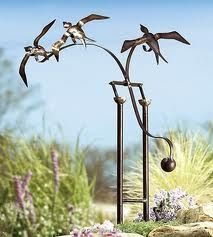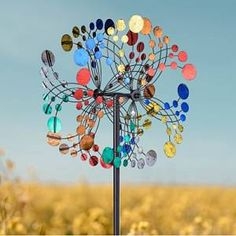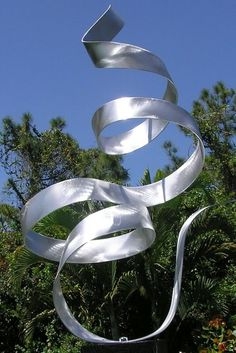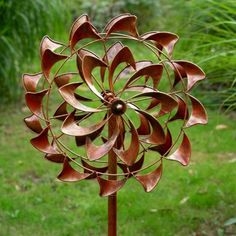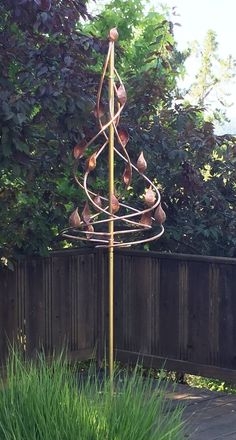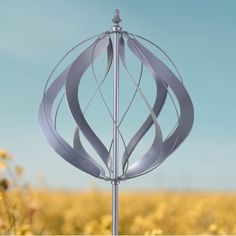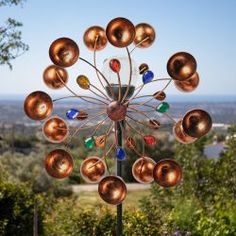Ever bought plants from a greenhouse and transplanted them to your garden just to have them die a couple of days later? The plants from a sheltered greenhouse were not able to withstand the full sun of drying winds, they were too tender. It is like myself being in the house all winter and coming outside during a hot, spring day. I would have one bad sunburn. It seems that vine crops are more prone to not being harden off than tougher vegetables like tomatoes. Flower transplants should be treated the same way. This process is called hardening off.
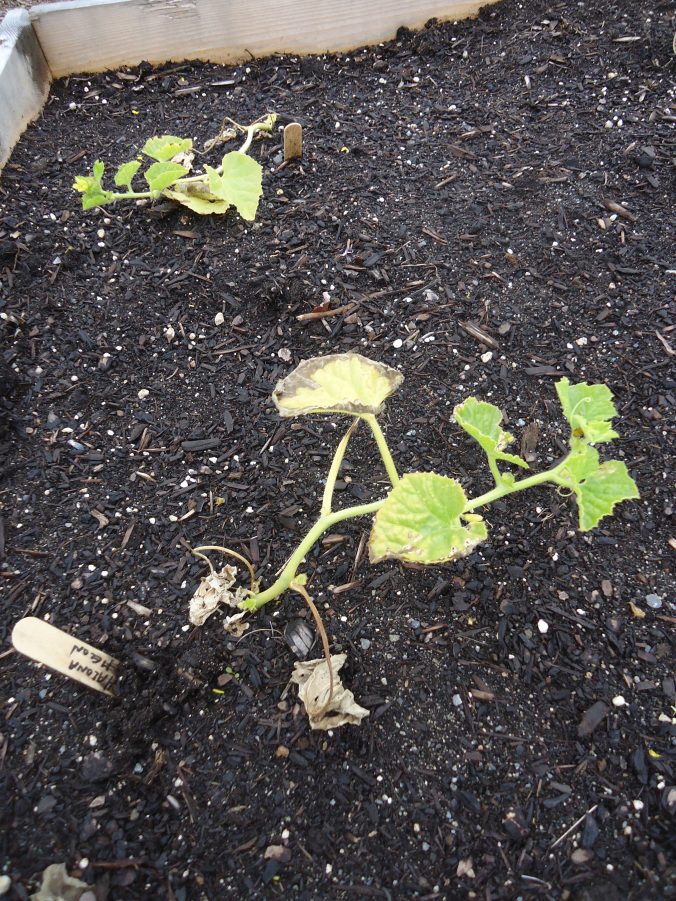
You need to slowly get your young plants transitioned to the full sun and wind. Start by placing your plants in shade, giving morning sun, and gradually move to more sun until they acclimate to their new condition. If the night will get below 45, bring them indoors. This process will take at least a week.
I keep the growing seedlings in a covered cold frame, then bring them out to an open one for a couple of weeks. I try to plant on a cloudy day or in the evening and keep well watered.
Usually planting in shade is not a problem. I would still harden off for a couple of days.

